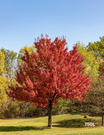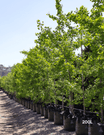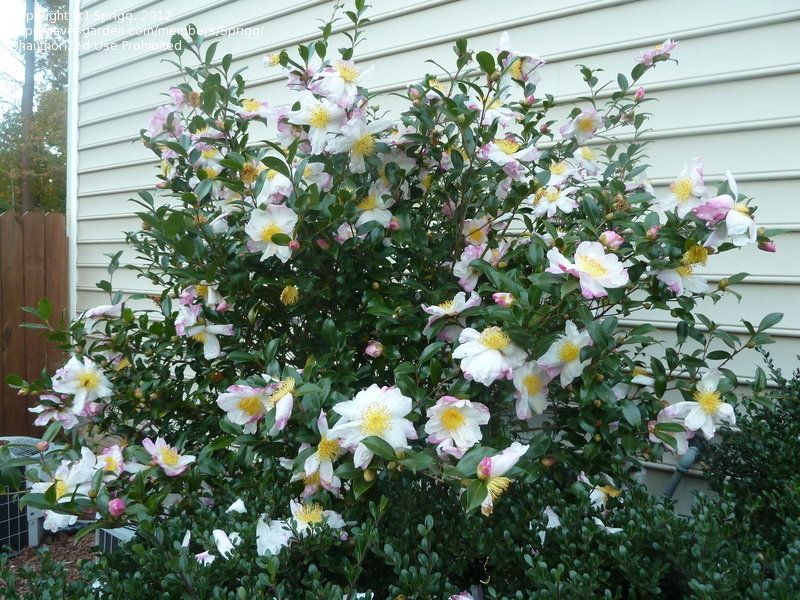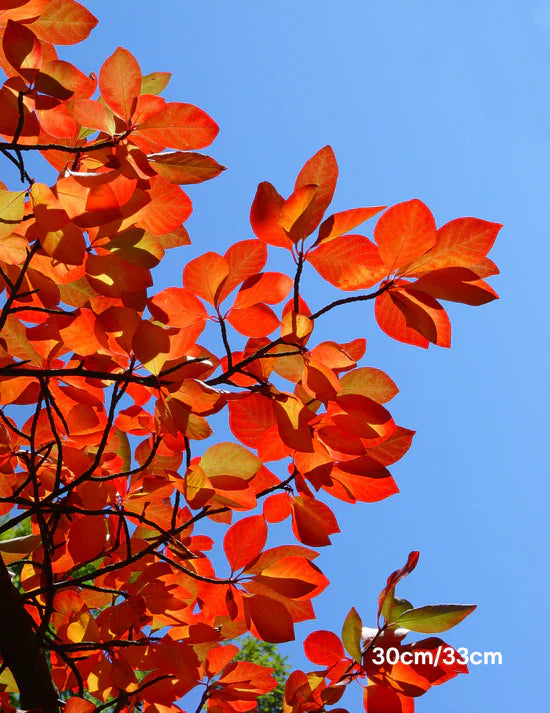Planting new trees is a rewarding endeavor that adds beauty, shade, and ecological benefits to your garden. However, the success of these young saplings largely depends on how well they are cared for during their initial stages. Proper watering is paramount among the many factors that contribute to their growth. Understanding the importance of watering new trees and implementing the right techniques and schedules can make all the difference between a thriving tree and one that struggles to survive.
This guide explores effective watering practices, focusing on popular species like Acer campestre, Acer Palmatum, and Liquidambar Styraciflua, ensuring your spring garden preparation is off to the best start.
Why Watering Matters
Water is the lifeblood of all plants, but it is especially crucial for newly planted trees. These young trees are still developing their root systems, which means they are less efficient at absorbing water and nutrients from the soil. Proper watering helps:
- Establish Strong Roots: Encourages deeper root growth, making the tree more resilient.
- Prevent Transplant Shock: Reduces stress caused by moving the tree from a nursery to your garden.
- Promote Vigorous Growth: Ensures the tree has the necessary moisture to support leaf and branch development.
Understanding Watering Needs for Different Species
Each tree species has unique watering requirements. Let’s delve into the specific needs of the trees mentioned.
1. Acer campestre - Field Maple
The Acer campestre is a resilient deciduous tree known for its attractive lobed leaves and compact growth. While it's relatively low-maintenance, proper watering during the first few years is essential to establish a strong root system.
- Watering Schedule: Water thoroughly once a week, increasing to twice during hot or dry periods.
- Watering Technique: Apply water directly to the root zone, avoiding the leaves and trunk. A slow, deep watering method, such as a soaker hose, is ideal.
2. Acer Palmatum - Japanese Maple
The Acer Palmatum, with its delicate, lacy leaves and stunning autumn colors, is a favorite among gardeners. This tree thrives in well-drained soil and requires careful attention to its watering needs.
- Watering Schedule: Water young Japanese Maples twice weekly, ensuring the soil remains moist but not waterlogged.
- Watering Technique: Water early in the morning to reduce evaporation. Consider using mulch around the base to retain moisture and regulate soil temperature.
3. Liquidambar Styraciflua - Sweetgum
The Liquidambar Styraciflua is celebrated for its star-shaped leaves that turn vibrant shades of red, orange, and yellow in the fall. This tree prefers slightly acidic, well-drained soil and regular watering during its early years.
- Watering Schedule: Water deeply once a week, ensuring the soil is moist to a depth of at least 12 inches.
- Watering Technique: This species needs a deep soak. Use a drip irrigation system or water slowly with a garden hose to ensure even distribution.
Best Practices for Watering New Trees
Watering new trees requires more than just a quick splash of water. Follow these best practices to ensure your trees receive the moisture they need:
- Monitor Soil Moisture: Regularly check the soil moisture around your trees. The soil should be damp but not soggy. Insert a stick or screwdriver into the soil to check the moisture level at root depth.
- Mulching: Apply a layer of organic mulch around the tree's base, such as bark chips or compost. Mulch helps retain moisture, reduces soil temperature fluctuations, and prevents weed growth.
- Avoid Overwatering: Overwatering can be as harmful as underwatering. It can lead to root rot and suffocate the tree’s roots. Ensure the soil drains well and adjust your watering schedule based on rainfall and soil conditions.
- Watering in Phases: For large trees, consider watering in phases. Water the root zone, wait for the water to soak in, and then water again. This ensures the water penetrates deep into the soil, reaching all parts of the root system.
Watering Techniques for Spring Garden Preparation
Spring is a critical time for new trees as they emerge from dormancy and grow. Adjusting your watering techniques during this season can give your trees a strong start.
- Morning Watering: Morning water allows the tree to absorb moisture before the day's heat sets in, reducing evaporation and minimizing the risk of fungal diseases.
- Soil Aeration: Ensure the soil around your trees is well-aerated. Compacted soil can prevent water from reaching the roots effectively. Use a garden fork or aerator to create small holes in the soil to improve water infiltration.
- Gradual Watering Increase: As temperatures rise in late spring, gradually increase the amount of water you provide to compensate for higher evaporation rates and increased tree growth.
FAQs: Watering New Trees
1. Q: How often should I water newly planted trees?
A: Newly planted trees should be watered deeply once or twice a week, depending on the species and weather conditions. Adjust the frequency based on soil moisture levels and rainfall.
2. Q: Can I water my trees in the evening?
A: While it's possible, watering in the evening can increase the risk of fungal diseases due to prolonged moisture on the leaves. Morning watering is generally preferred.
3. Q: What signs indicate a tree is not receiving enough water?
A: Wilting leaves, browning edges, and slow growth can indicate insufficient water. Regularly checking soil moisture and adjusting your watering schedule can help prevent these issues.
4. Q: Is it necessary to water trees in the winter?
A: In regions with mild winters, continue to water your trees, especially during dry spells. However, reduces the frequency, as trees require less water during their dormant period.
Conclusion
Watering new trees is fundamental to ensuring their long-term health and vitality. By understanding the specific needs of trees like Acer campestre, Acer Palmatum, and Liquidambar Styraciflua and applying the best watering practices, you can help your garden flourish during the critical spring season. Remember, a well-watered tree is a healthy tree; with the right care, your garden will be a verdant sanctuary for years to come.




















































Leave a comment
This site is protected by hCaptcha and the hCaptcha Privacy Policy and Terms of Service apply.